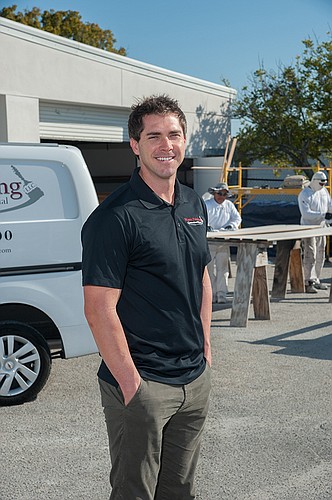A positive outcome with a client has a lot to do with managing expectations on the front end of the relationship, says Josh Myers, owner of Sarasota-based Myers Painting LLC.
Myers should know. He's built a reputation among a diverse clientele from contractors to homeowners, in addition to hospitals and nursing homes.
Myers says approaching each client relationship with fresh eyes helps gauge possible challenges and plan accordingly. For one client, this might mean heightened communication; another could require stronger documentation.
But Myers says the most difficult client is someone who doesn't fully state expectations at the start, and then picks things apart at the end. He recently dealt with just such a situation when a clear expectation could not be determined on a small portion of the project.
“We ended up completing his punch list to our standards and ultimately he had to live with a few things that were out of our control,” says Myers. “But he has since hired us to do more work.”
Myers says over-communicating with a difficult client can help avoid conflict. He also recommends discussing clients' concerns via telephone or in person. Depending on the concern, sometimes it's a phone call. Other situations require a face-to-face meeting. He reserves text messaging and email for exchanges of straightforward information.
“Some people tend to be a lot more aggressive, more rude and more pushy via email,” says Myers.
In rare instances, when a conflict is directly related to something for which his company is responsible, Myers weighs pros and cons to find the solution most likely to help him preserve a long-term relationship.
In such cases he tries to find a sticking point best suited for that client. For example, if a client is likely to agree to a discount to solve the problem, he'll consider the profit margin on the project to see if that
is a viable option. If the issue falls to the quality control side, Myers goes to any extent to quickly correct the situation. He says demonstrating a sense of urgency can also help avoid bigger repercussions.
On the flipside, it's also OK to walk away from a client. “You don't burn the bridge,” Myers says. “You just respectfully decline their work from now on.”
- Randi Donahue
(This story was corrected to reflect where the company is headquartered.)






